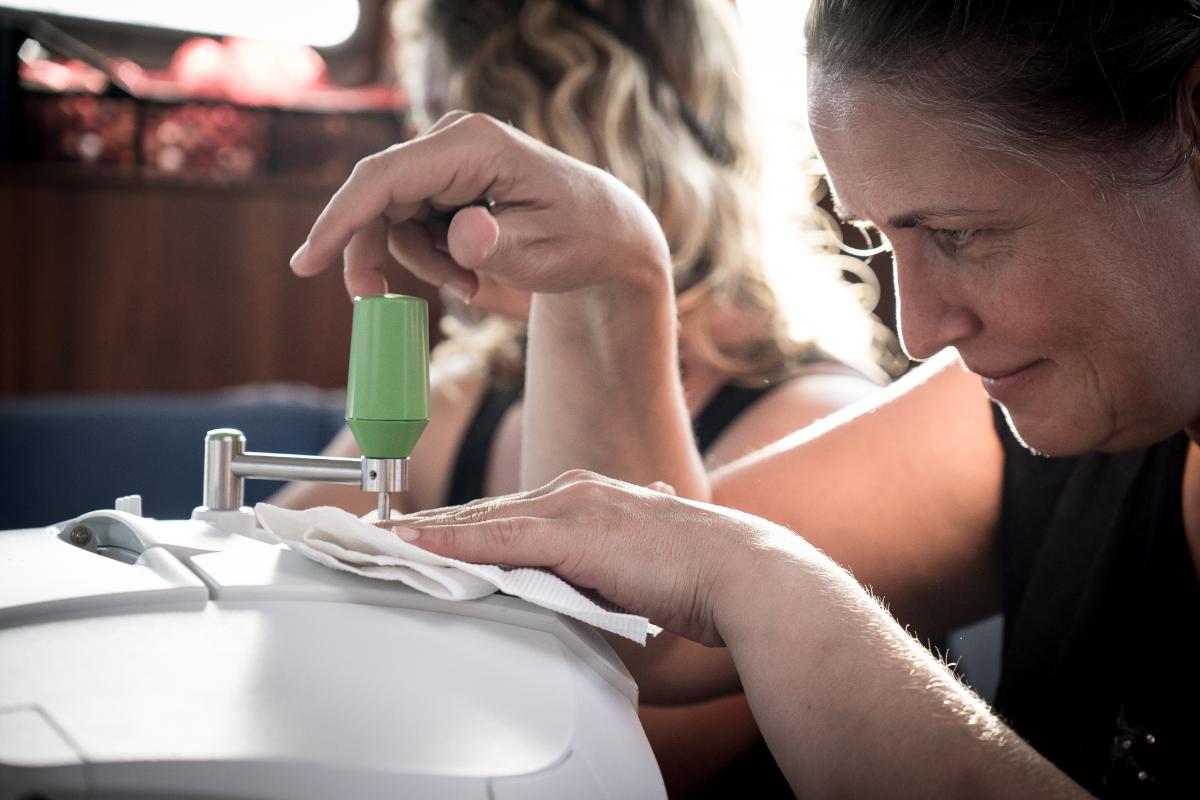In November 2022 the second scientific paper from eXXpedition Round the World, ‘Synthetic microplastic abundance and composition along a longitudinal gradient traversing the subtropical gyre in the North Atlantic Ocean’ was published demonstrating how microplastic particles differ across the Atlantic Ocean.
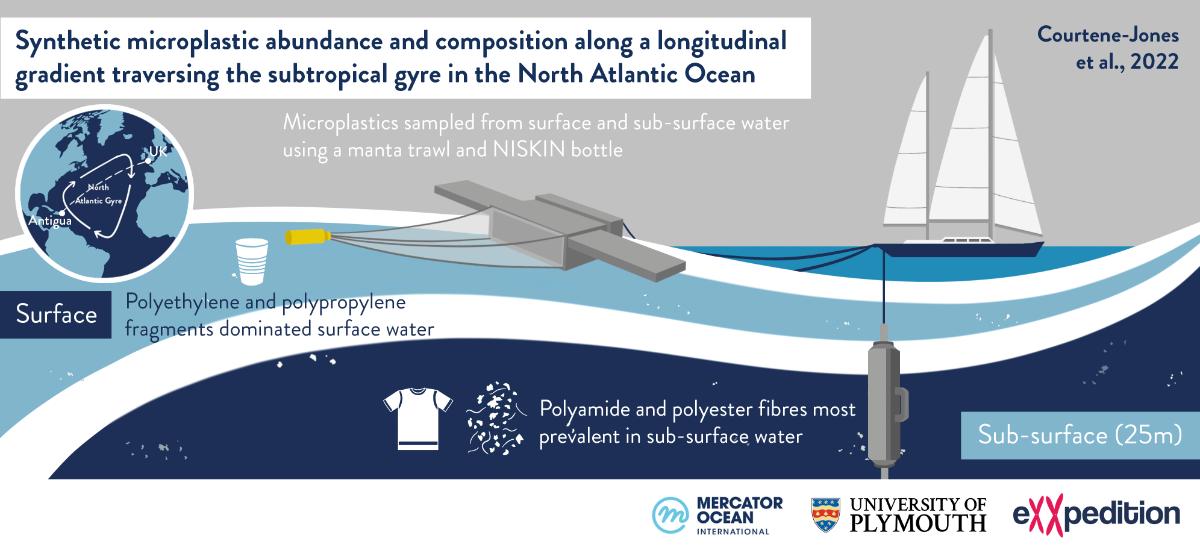
The earliest observations of plastics were in fact from the North Atlantic, dating as far back as the early 1970’s. Since this documentation, there has been a large data deficit and lack of ongoing research to truly understand the issue of plastic pollution as a global concern. Without this baseline data it is hard to draw conclusions on how we can move forward and inform and implement policies – so we set out to establish and contribute to those data gaps.
In a virtual event on the 10th January 2023, we discussed some of our findings with study authors Winnie Courtene-Jones (eXXpedition Science Lead and University of Plymouth, UK), Simon Van Gennip (Mercator Ocean International) and Emily Penn (eXXpedition Mission Director).
This thought provoking discussion touched on some key questions: How much plastic is out there? What type of plastic is it? How is it distributed? Why do we need to monitor it? And ultimately – can we gain a better picture of where it’s come from?
Watch the full discussion below, or carry on scrolling to read the highlights!
“The challenge this presents, underlines the need for global and international policies and corporations to tackle plastic pollution.”
PLASTIC POLLUTION IN THE NORTH ATLANTIC
Throughout the discussion our science lead, Dr. Winnie Courtene-Jones, presented the key findings from the research conducted from Legs 1 and 2 from the Round the World voyage; which is based on the surface and subsurface samples taken with a manta trawl and NISKIN bottle. The samples were collected from inshore waters, stretches of open ocean, and the North Atlantic gyre, a known area of plastic accumulation. We also used Lagrangian particle tracking to gain a better understanding of the trajectory and connectivity of particles released from surface sampling locations over a 2 year simulation.
The results of these research methods gave us a clearer picture of the distribution of plastic, and the distribution of types of plastic – by identifying different polymers – in the upper portion of the ocean.
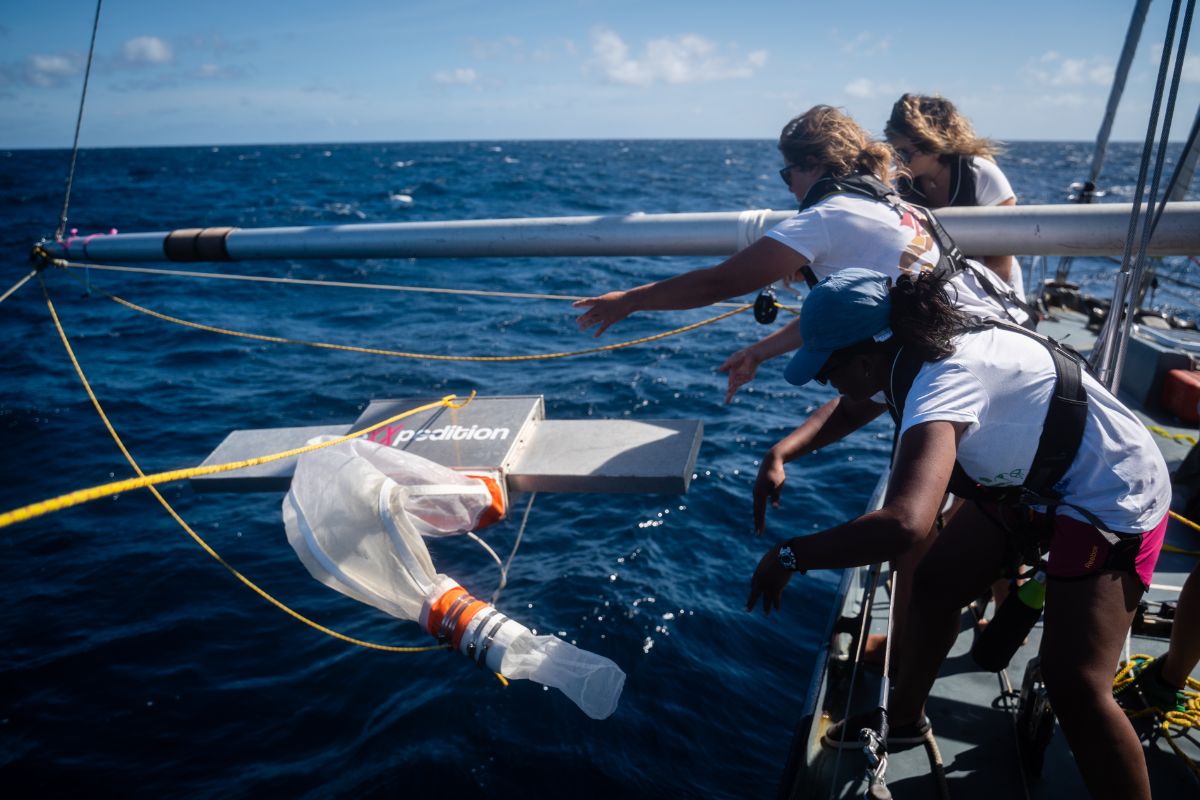
KEY FINDINGS
- During the research, 15 types of polymers were recorded in the samples across the different sampling regions which as expected, varied in abundance by location. We were able to determine and identify the different polymers using the FT-IR spectrometer.
- The water samples collected in the North Atlantic gyre contained on average 0.62 microplastics per m3 of seawater, compared with an average of 0.19MP/m3 in other areas of open ocean, and 0.4MP/m3 in inshore areas. Though the gyre contains a particularly high amount of polymers compared to other areas, the samples were far less diverse, composed primarily of polyethylene, polypropylene and acrylic; which may come from the maritime sector.
- A surprising discovery was the extent to which the polymer types differed between regions, suggesting that other factors such as buoyancy, surface currents, waves and even the density of the polymer had an impact on its movement.
- The open-ocean had the least amount of plastics, possibly due to the currents that create a larger concentration close to the gyre.
- There was a broad diversity of polymer types at our inshore sampling locations – the proximity to land and the sheer range of plastics indicate they come from a myriad of land-based sources.
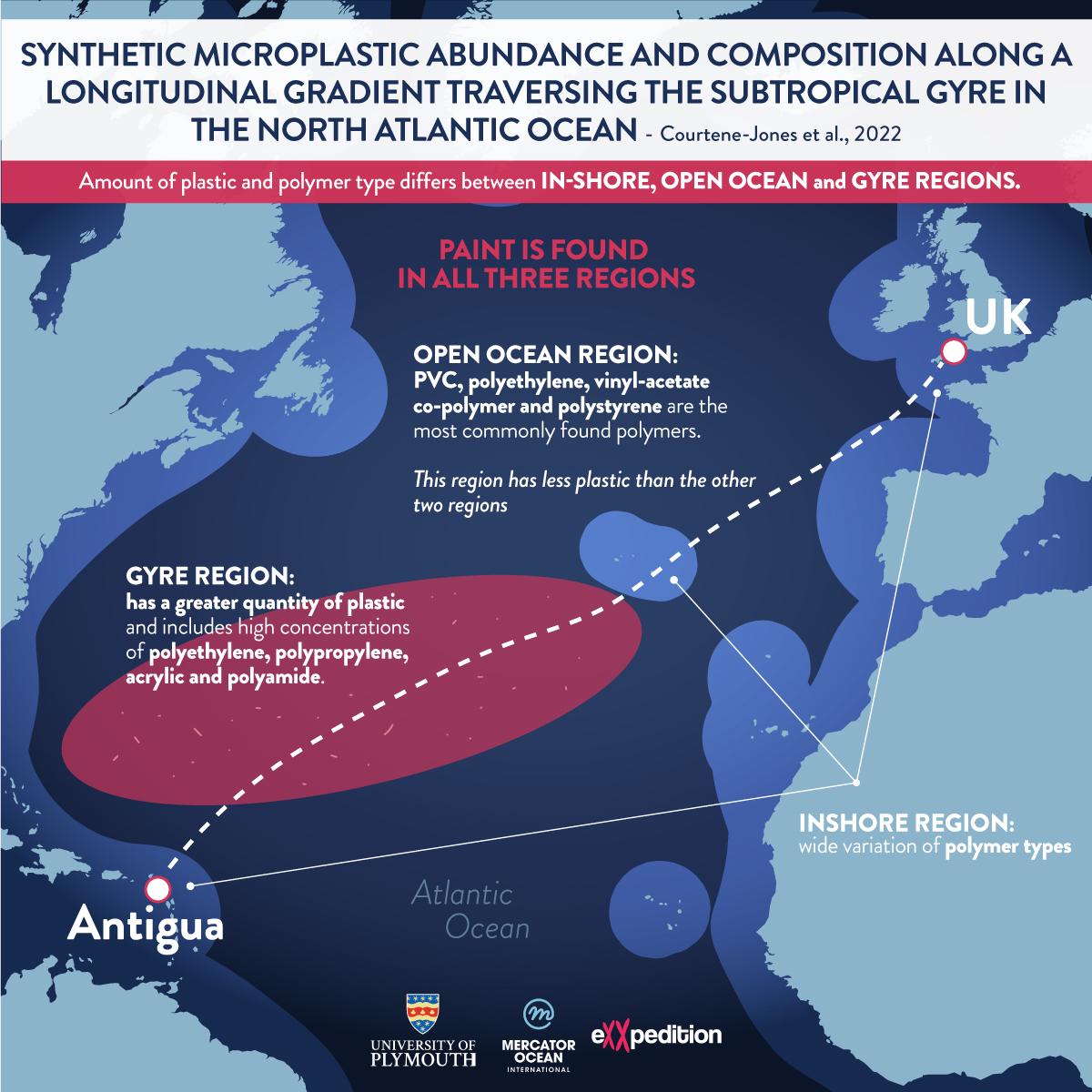
HIGHLIGHTS FROM THE DISCUSSION
“You cannot target one type of plastic and you cannot target one country.”
During this conversation participants shared lots of interesting thoughts and ideas about the future of plastic pollution, data collection and the solutions.
- The focal point of this conversation is that our research has discovered that the polymer particles found throughout the different regions come from not only varying origins in terms of location but also in terms of the types of polymer itself. I.e whether it was from clothing/textiles, tyres, paint flakes etc.
- Though these results are highly valuable, Dr. Winnie Courtene-Jones discussed how “… more importantly, we need to address how effective our management strategies are at actually reducing plastic going into the Ocean?”. Despite the diversity of solutions being a positive approach, research and monitoring also needs to be conducted to study the efficiency of various solutions in order to determine their impact
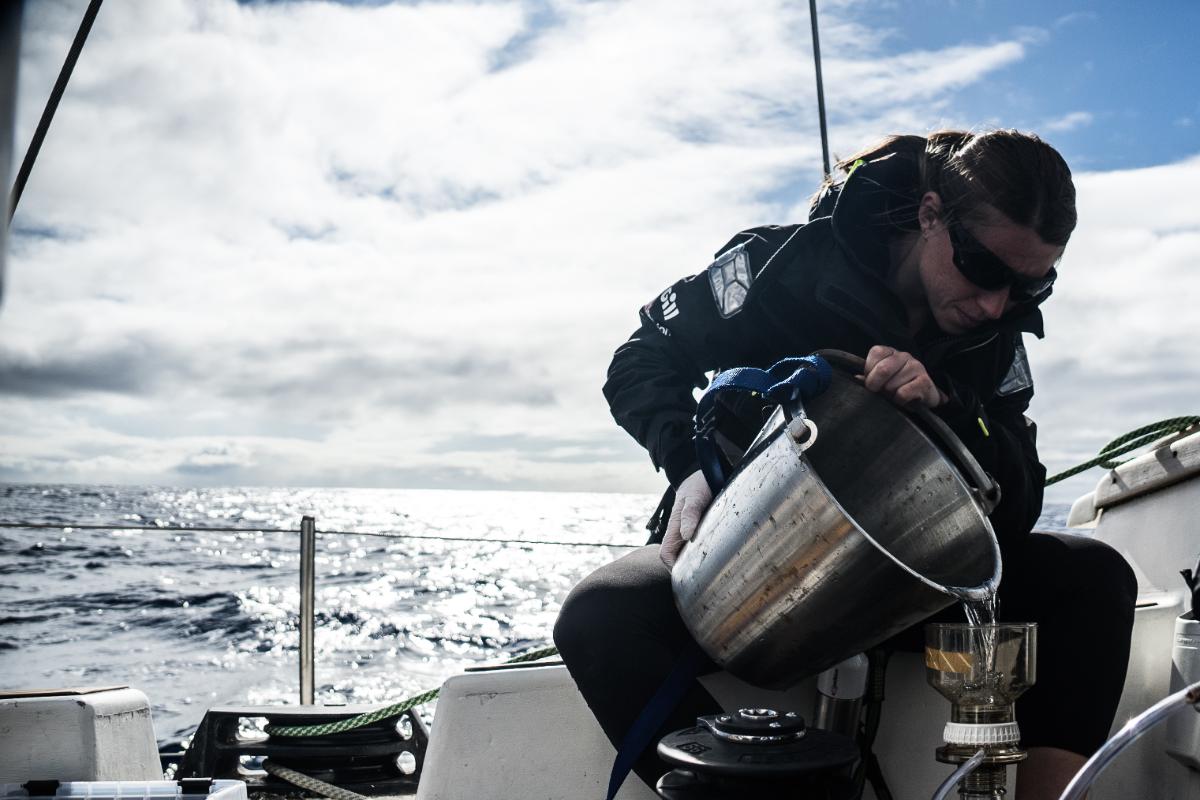
- Simon Van Gennip (Mercator Ocean International) said in reference to the computer. modelling results “We would intuitively think that the majority of particles come from Europe as this is the closest landmass to the sampling location, but when you look deeper at the modelling it reveals that it’s more likely to come from the Western Atlantic” which reinforces the significance of external factors and their impact on the trajectory of the different polymers.
- The discussion also highlighted some key realisations: “What we realised is that plastics are so incredibly diverse in their composition and in terms of where they come from because they are carried by these vast ocean currents. The challenge this presents, underlines the need for global and international policies and corporations to tackle plastic pollution.” Dr. Winnie Courtene-Jones.
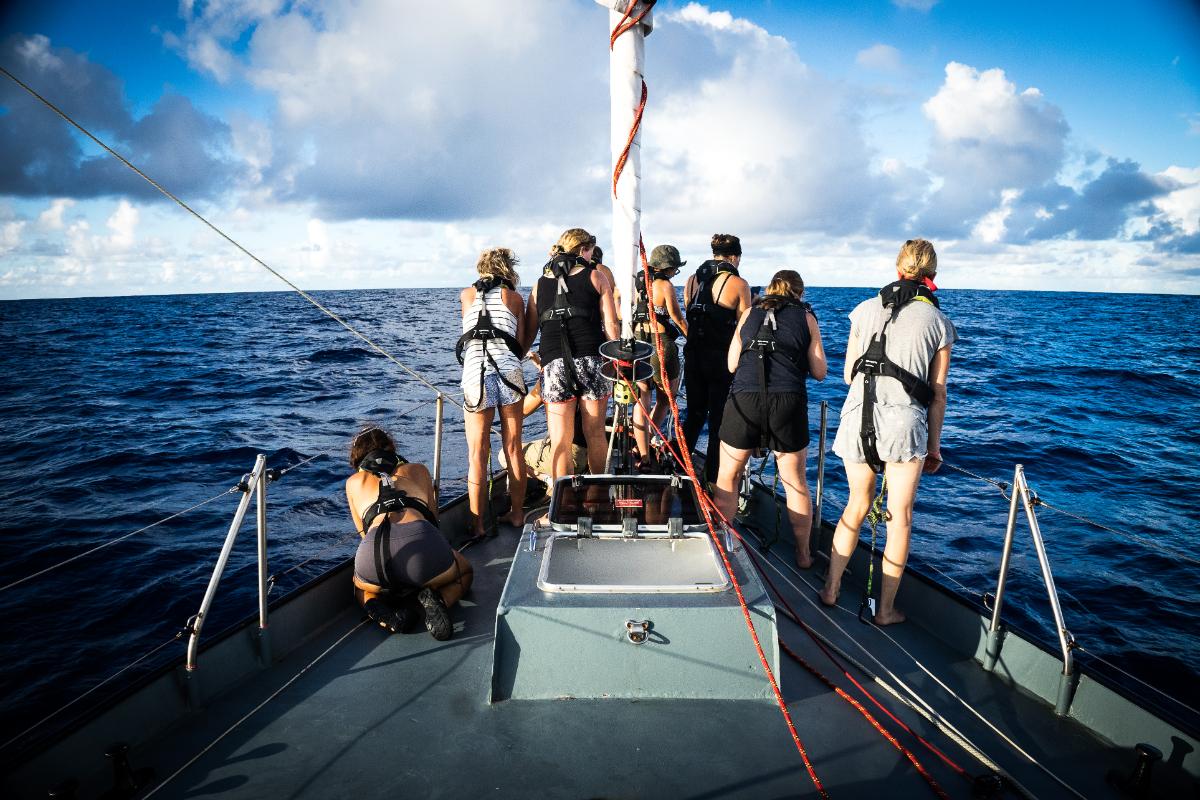
CONCLUSIONS
One thing is for certain, is that “plastic in the ocean comes from everywhere… While that makes the monitoring much more complicated, it also makes it clear that we really need a global strategy. Our first paper, in the Caribbean, reached the same conclusion. This is an international challenge. We need a united effort to make a difference. Water doesn’t obey territorial borders.” (Dr. Winnie Courtene-Jones)
Increased and continued monitoring is necessary to assess trends in the quantity and distribution of marine plastic pollution in relation to global emissions, and the efficacy of reduction strategies and regional management plans.
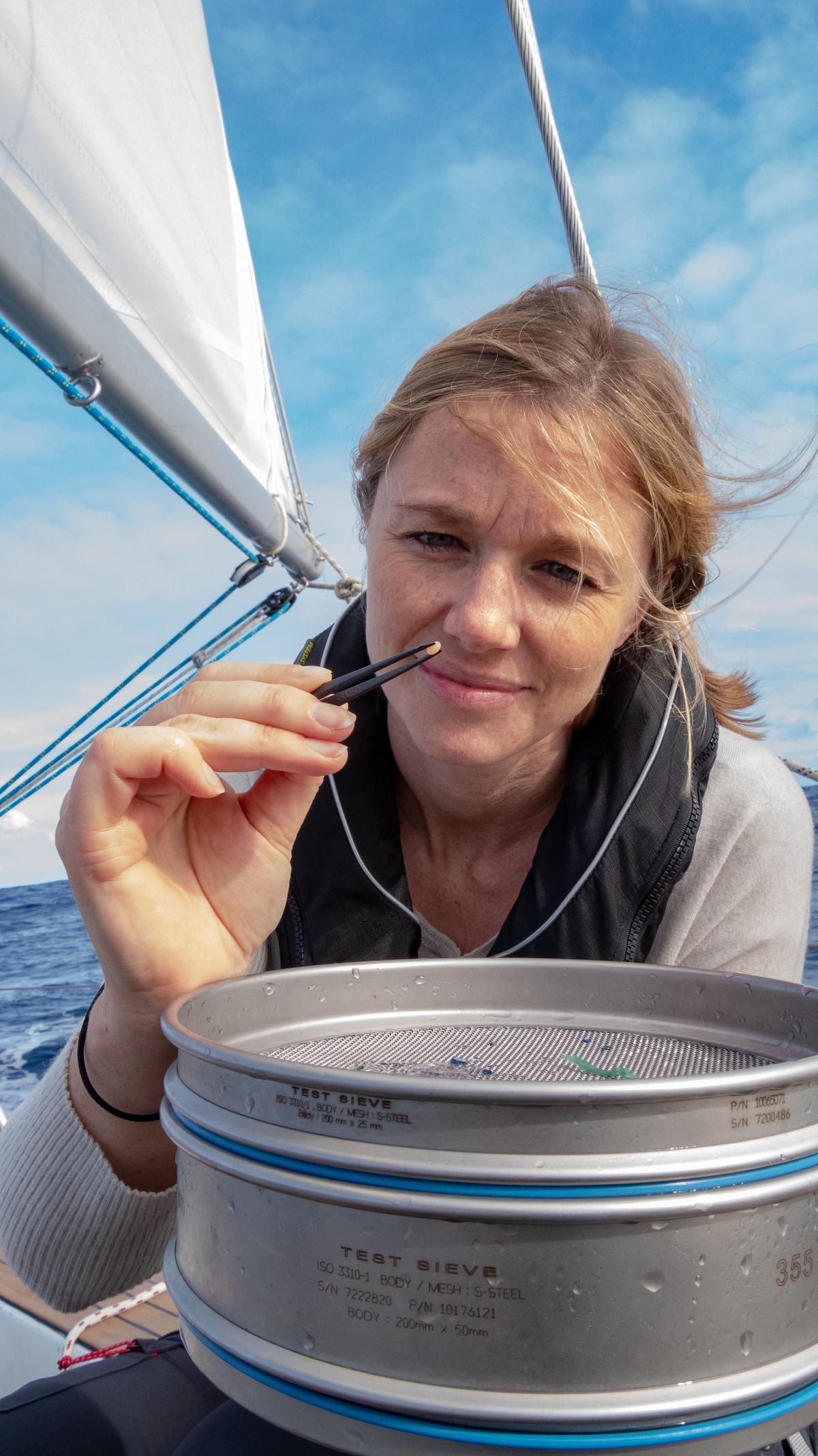 As our Founder, Emily Penn, reflects on the research she states that “We set out to pinpoint where the solutions lie on land by better understanding the location the pollution had come from in the first place, but in fact the results just reinforce how much of an international challenge this is. The ocean connects us all and your pollution is my pollution – we need to solve it together.”
As our Founder, Emily Penn, reflects on the research she states that “We set out to pinpoint where the solutions lie on land by better understanding the location the pollution had come from in the first place, but in fact the results just reinforce how much of an international challenge this is. The ocean connects us all and your pollution is my pollution – we need to solve it together.”
Visit our North Atlantic Research Paper page to find out more.
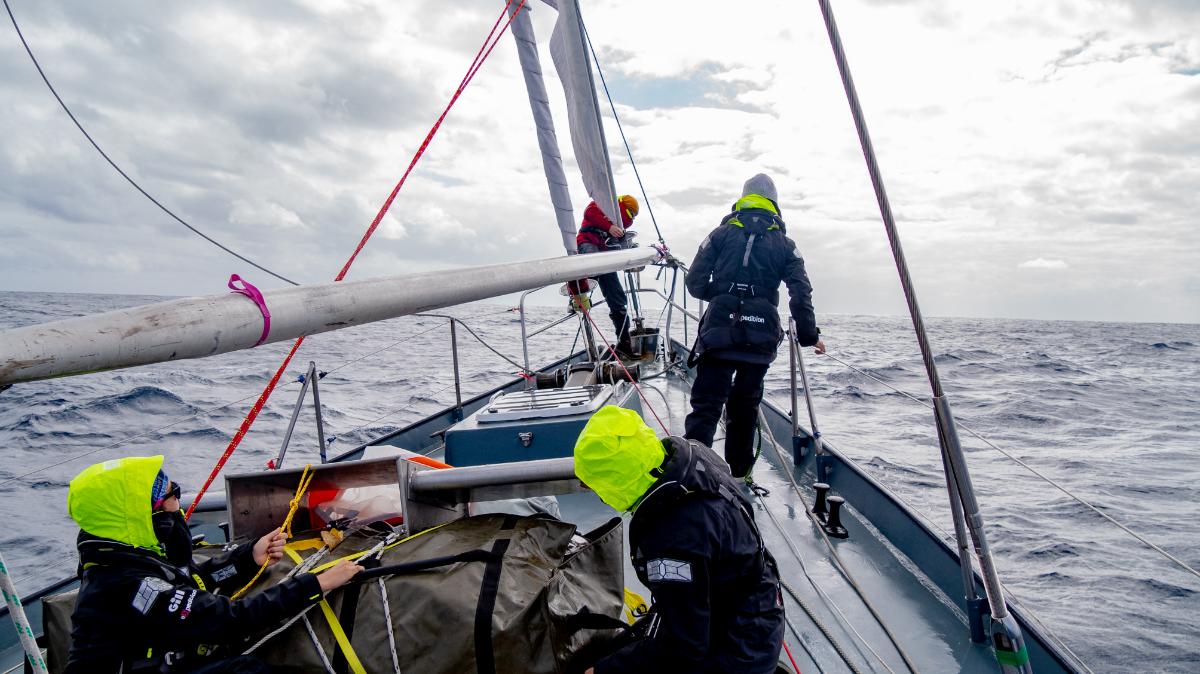
ACKNOWLEDGEMENTS
Great thanks are extended to all the study authors, scientific partners, the vessel crew, shore team and guest crew on voyage legs 1-2 of eXXpedition Round the World. Thanks also to the Science Advisory Board and all partners who enabled this research, especially University of Plymouth, Mercator Ocean International, Rothy’s, Travel Edge, TOMRA, SAP, Red Ensign Group, 11th Hour Racing and Slaughter and May.
